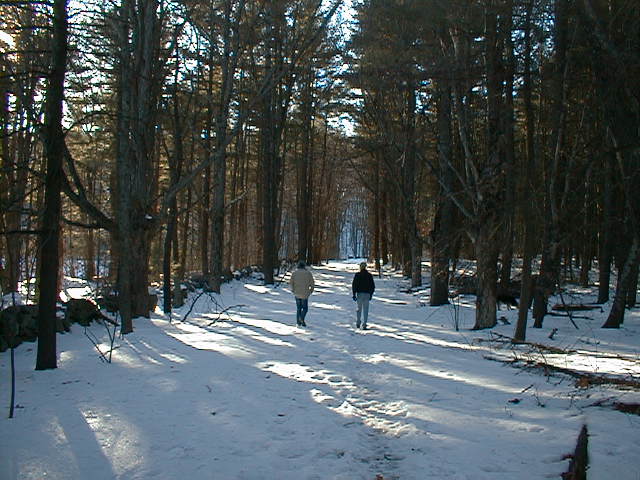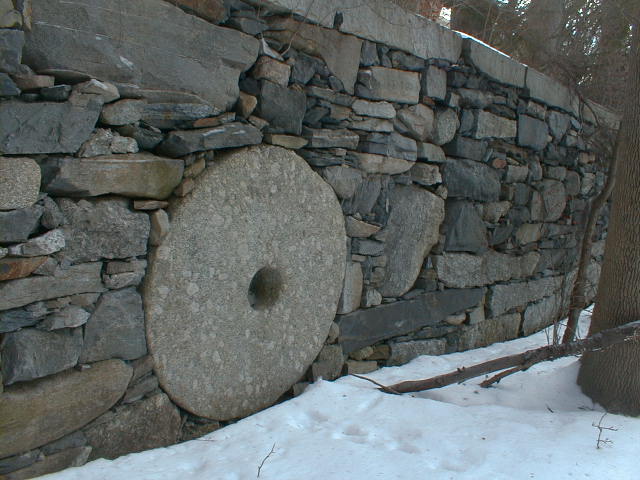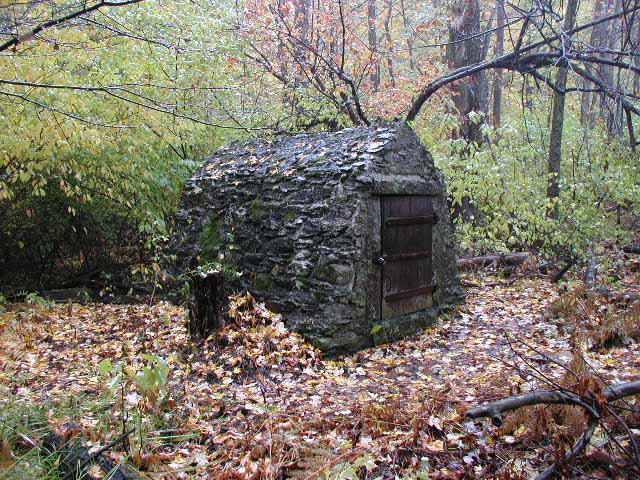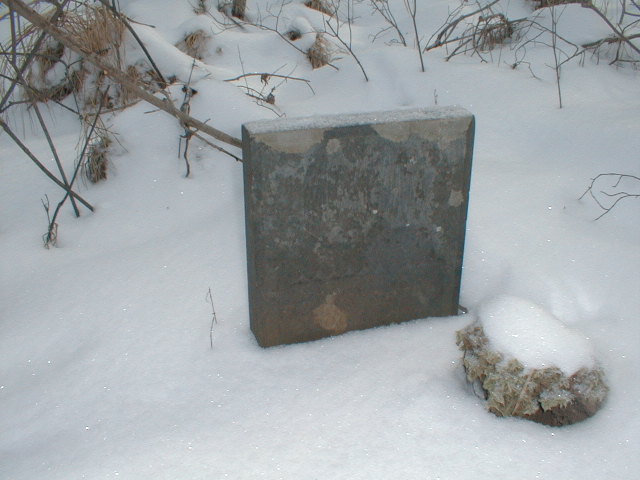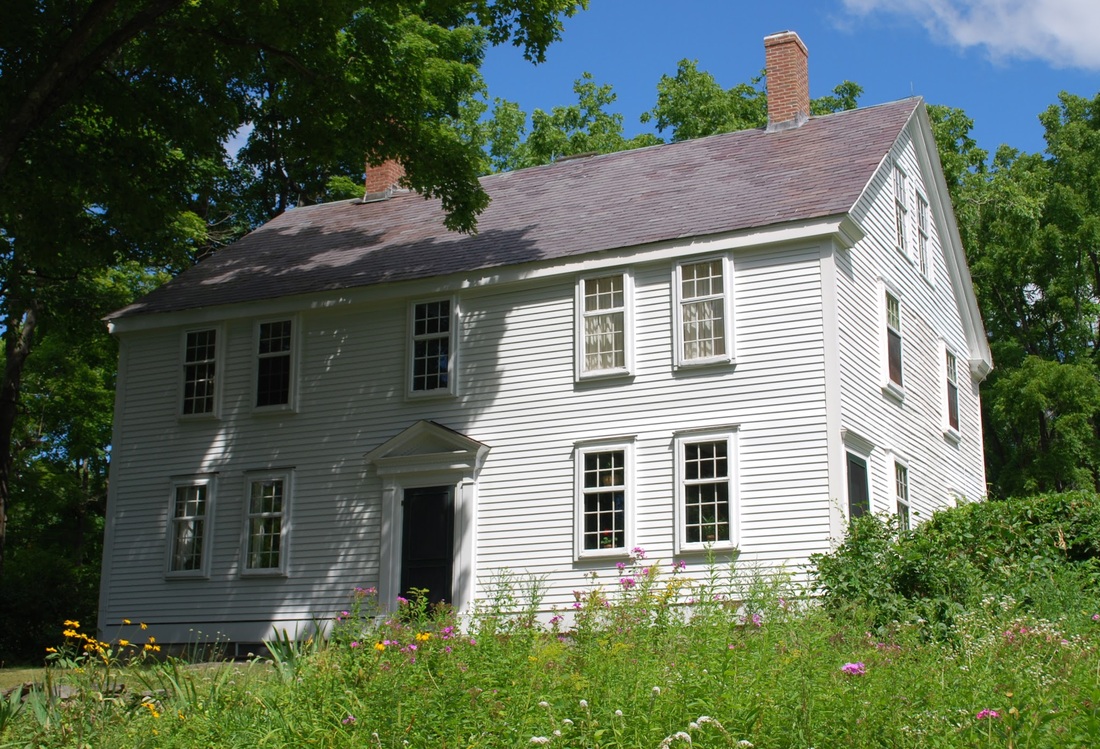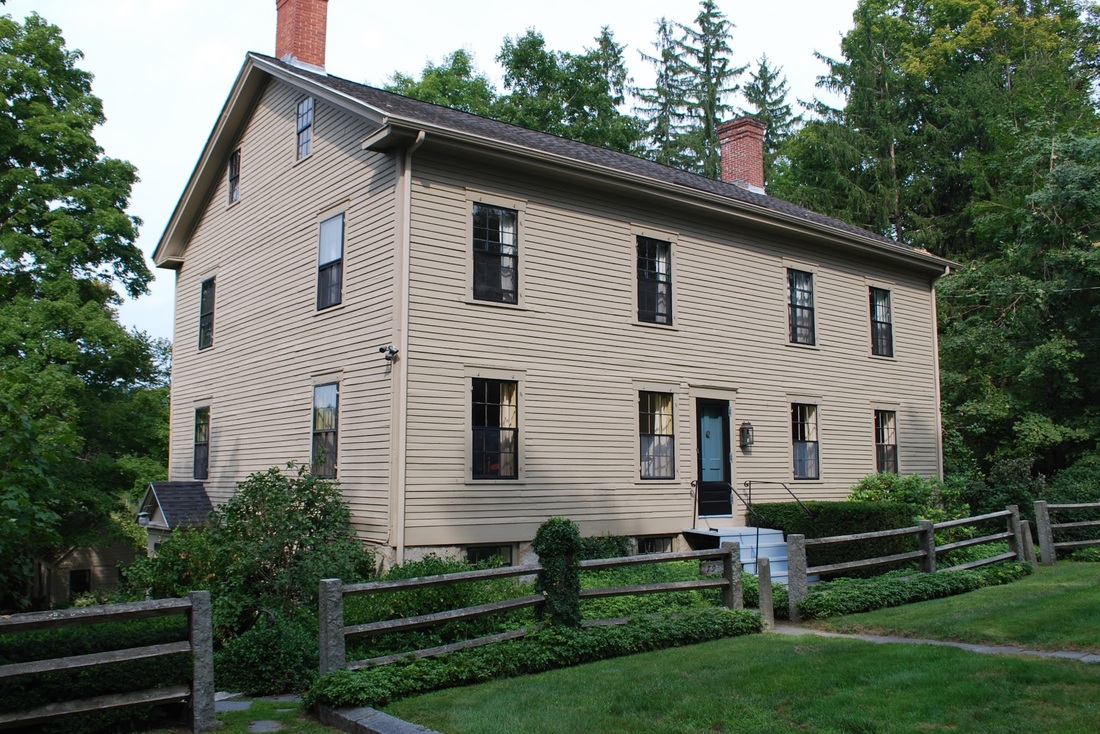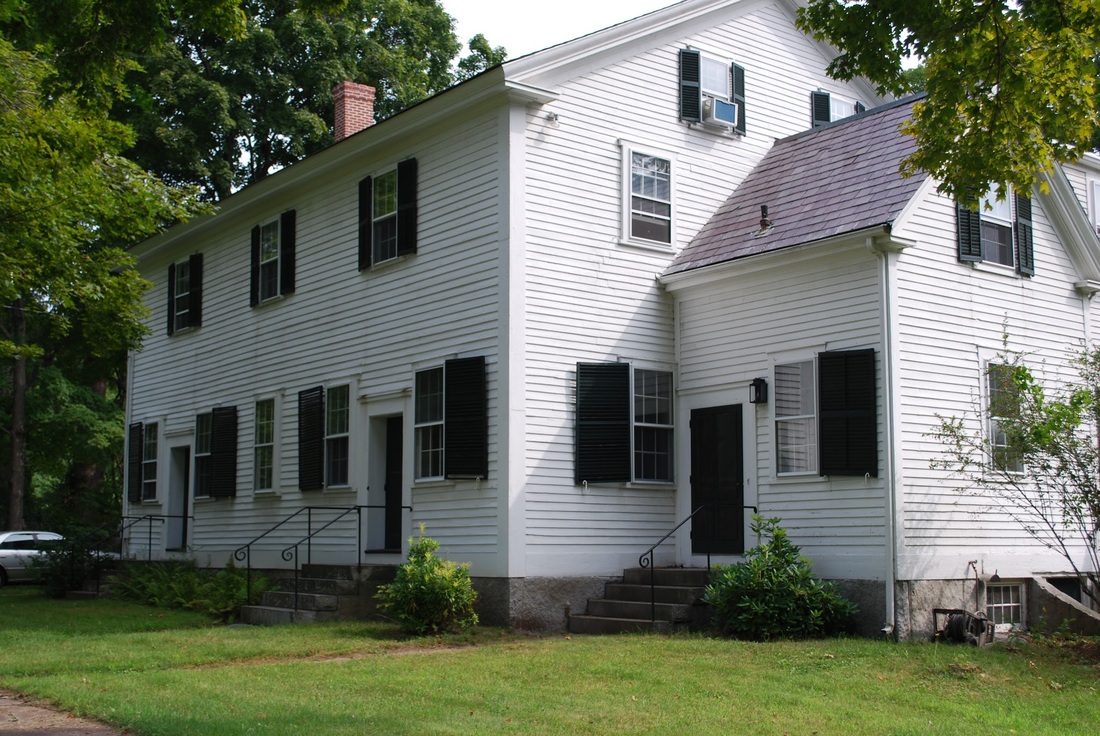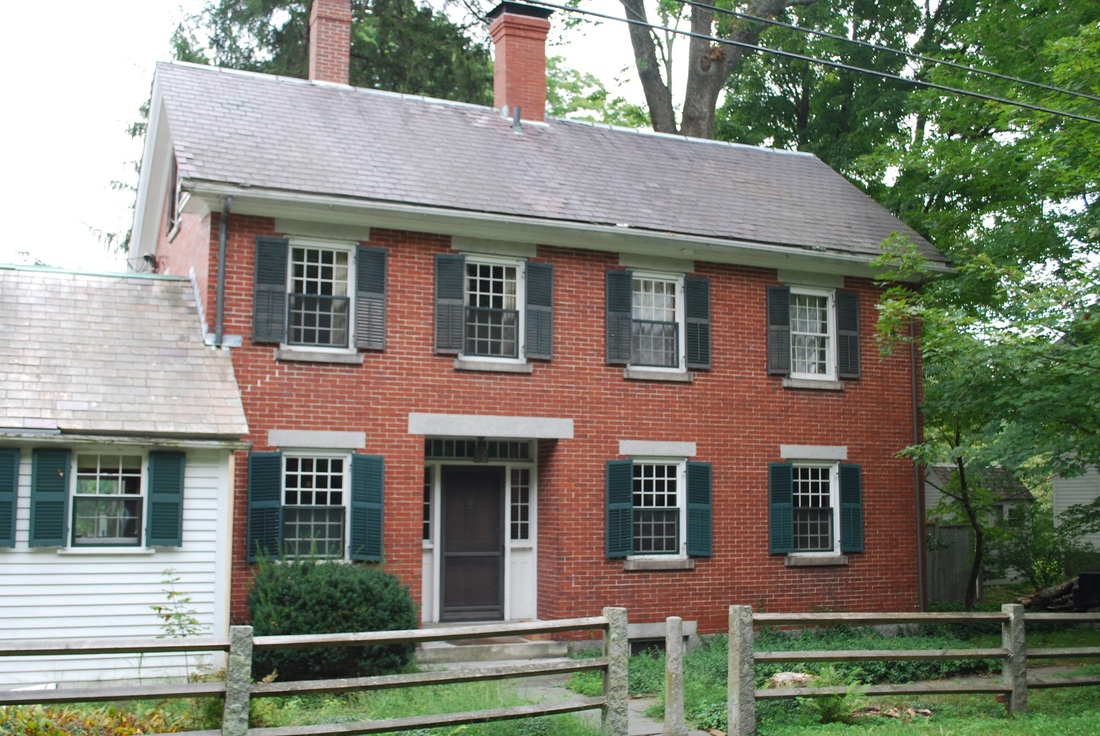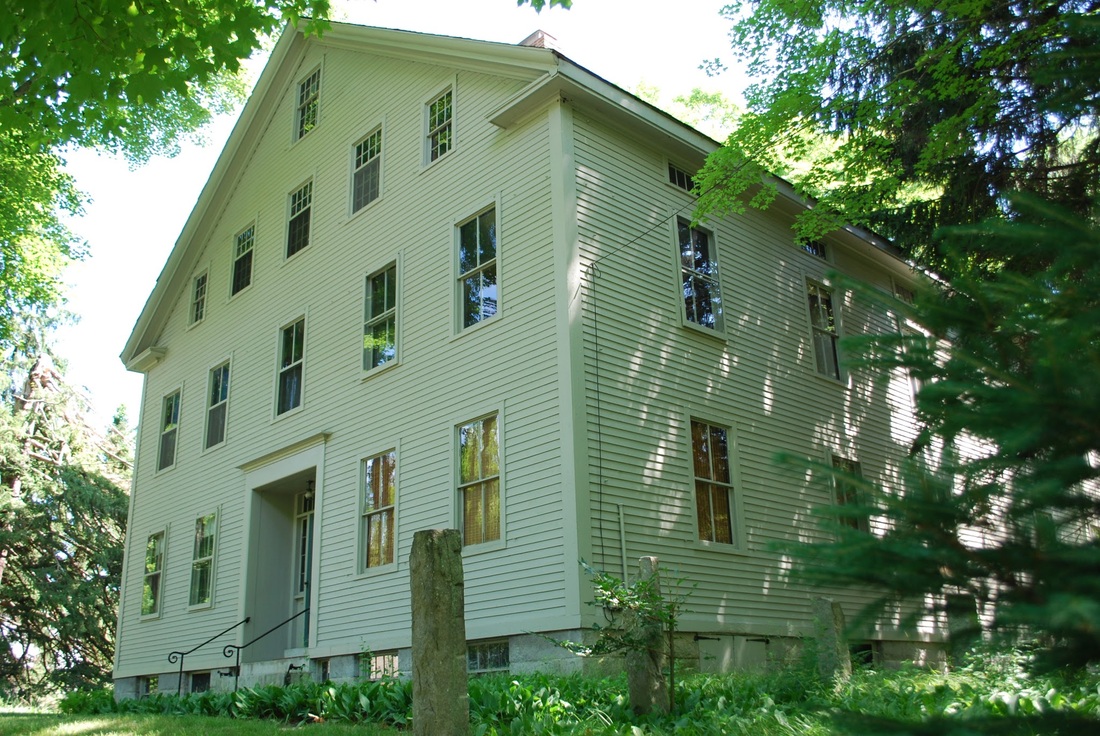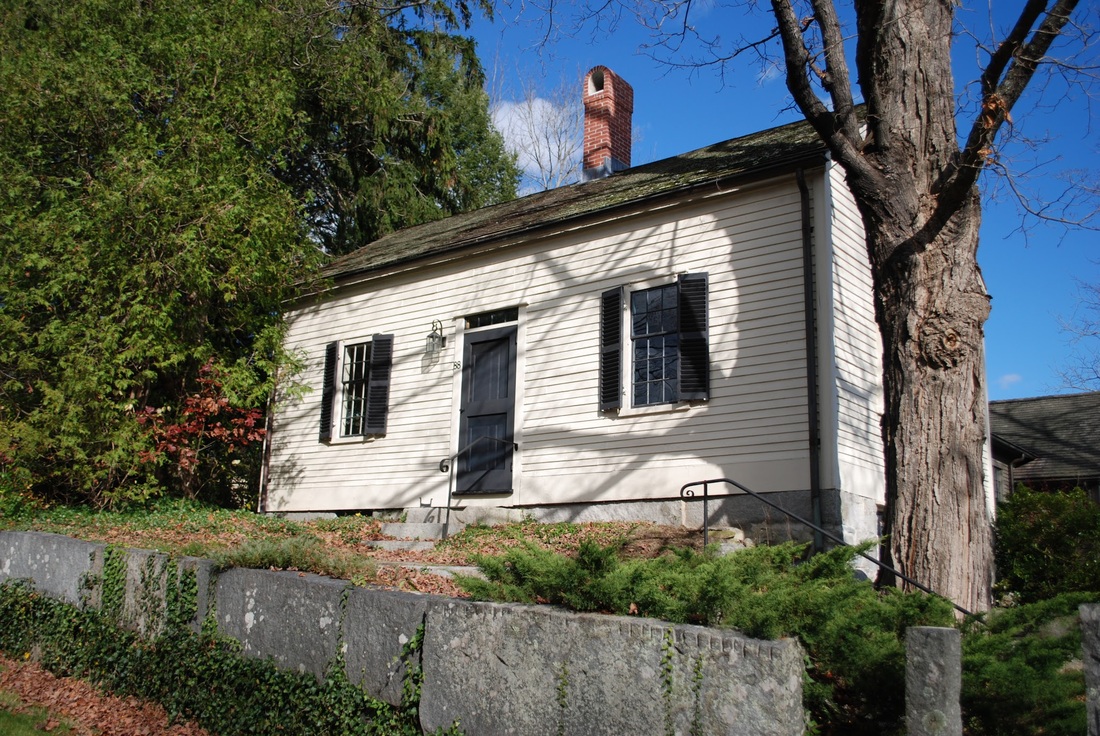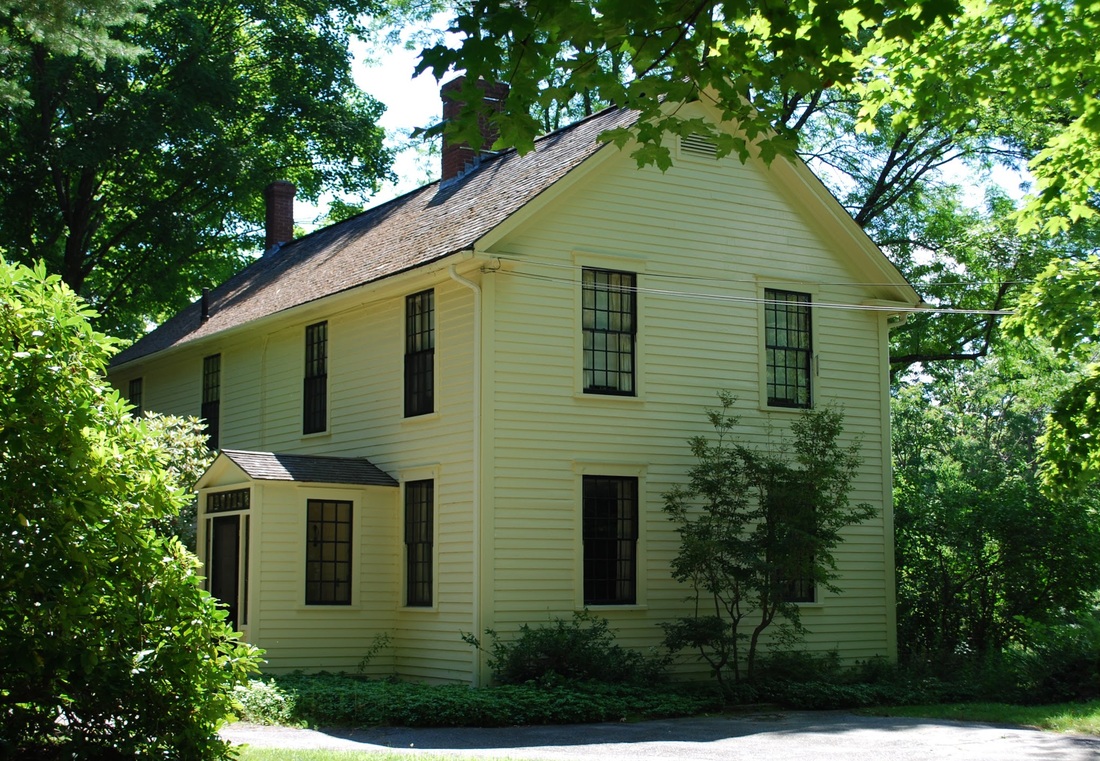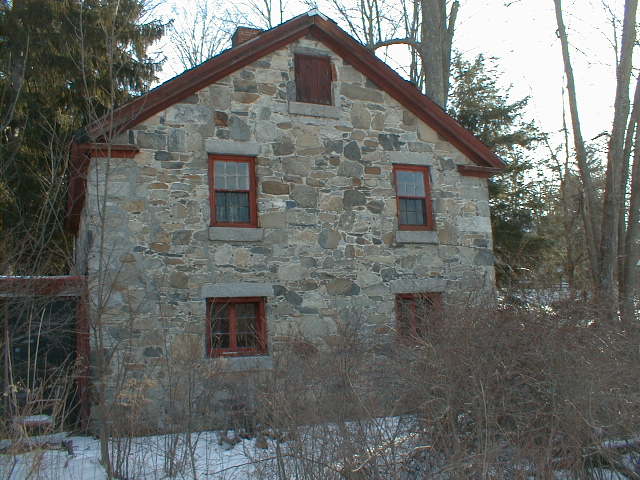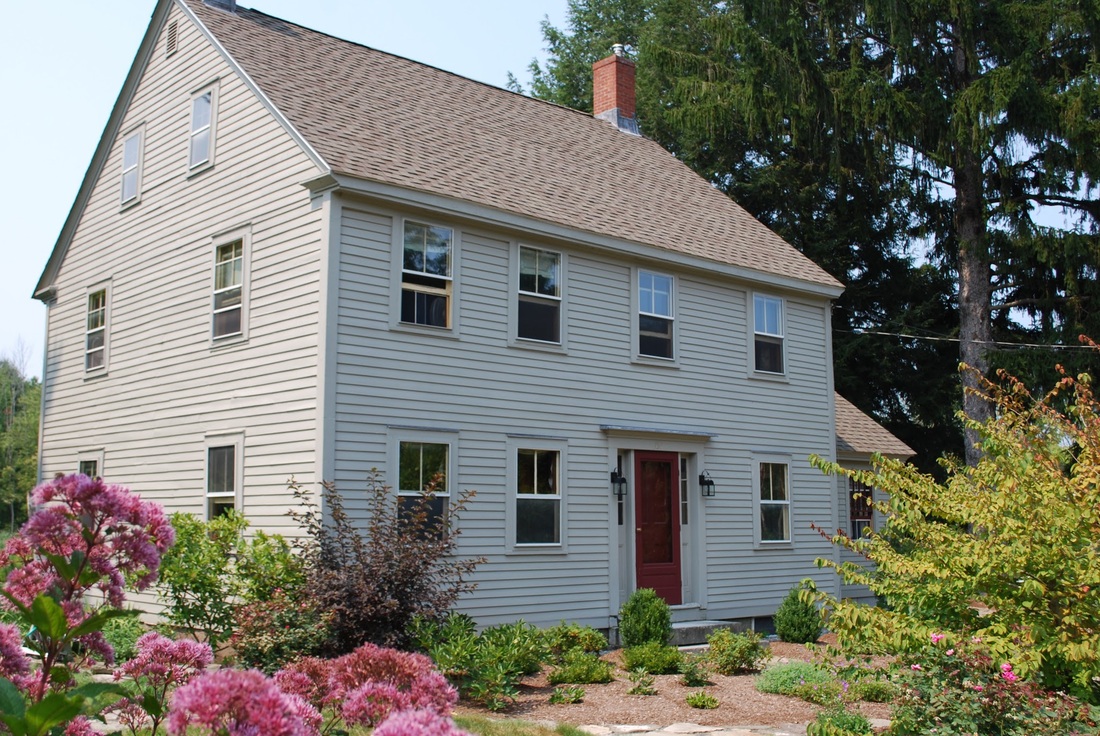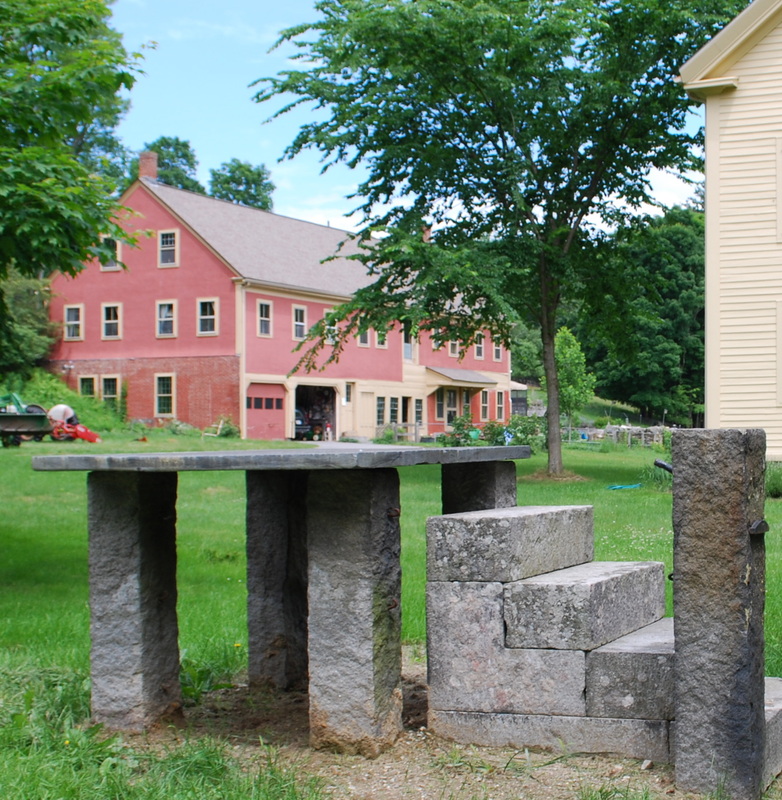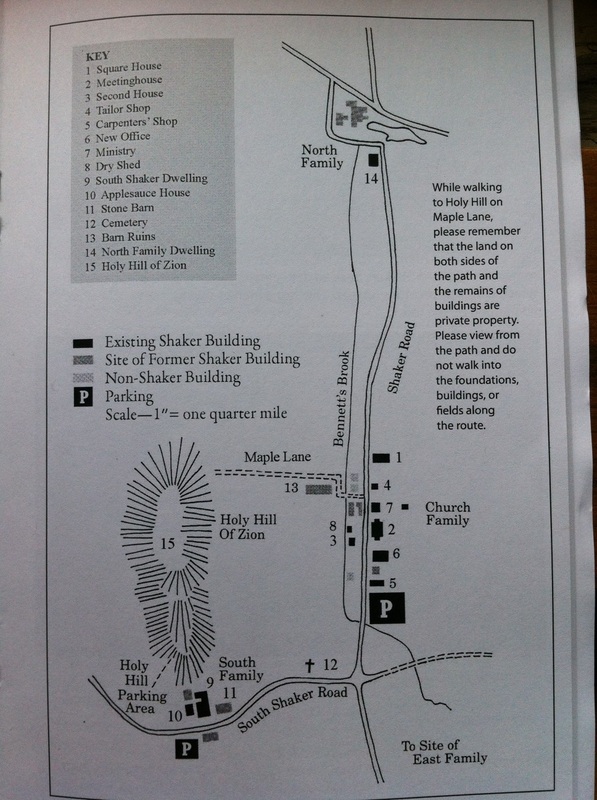Harvard Shaker Village
Some photos and content provided courtesy of the Harvard Historical Society
History of the Harvard Shaker Village - Ned Quist
Thirty miles northwest of Boston, Massachusetts, in the northeast corner of the town of Harvard, the Shakers established one of their earliest communities. They chose the spot that Mother Ann Lee, their sect's founder had used as her headquarters during her 1781-1783 missionary journey from Watervliet, New York, to New England. Lee and her followers purchased the Square House in Harvard, built by local New Light minister, Shadrack Ireland. The Square House became the cornerstone of what would become the Harvard Shaker community after Lee's return to Watervliet and her subsequent death. Never among the largest of Shaker communities, the Harvard Shakers reached their peak population between
1825 and 1849, when they may have had as many as 188 members living in four "families".
The Church family, centered at the Square House, grew at its peak to be a substantial agricultural village of over forty buildings, including three dwelling houses, meeting house. five-story herb-processing shop, stables, one of the largest barns in Massachusetts, tannery, office, blacksmith shop, medical shop, and sheds for storing firewood, coal, ashes, and ice. The South Family, less than a quarter of a mile to the southwest, was centered around the former home of Isaac Willard. It became the home of the Harvard Shaker Novitiate Order, and would grow to over fifteen buildings including a large dwelling house, office, blacksmith shop, stone barn, sheds, and shops. The smallest family, the East Family, closely tied to the South Family, was located due south of the Church Family and had a dwelling, barns, and shops. The North Family, also known as the Second Family, located its village due north, mostly in what was then the town of South Groton. This grew to include an office, dwelling, shops, and barns. After 1853, the North Family would become known for the large brick dwelling of forty rooms completed in 1853 and known locally as the Rural Home.
The Harvard Shaker Village today comprises 12 remaining Shaker Structures, a burial ground, and the Holy Hill of Zion, where outdoor worship once took place. There are wonderful trails and many acres of conservation land abutting the Shaker Village. A mix of woodland and open meadow provide wonderful habitat for a wide range of wildlife and birds.
A winter flyover video of the Church Family can be found here
A winter flyover video of the South Family can be found here
Thirty miles northwest of Boston, Massachusetts, in the northeast corner of the town of Harvard, the Shakers established one of their earliest communities. They chose the spot that Mother Ann Lee, their sect's founder had used as her headquarters during her 1781-1783 missionary journey from Watervliet, New York, to New England. Lee and her followers purchased the Square House in Harvard, built by local New Light minister, Shadrack Ireland. The Square House became the cornerstone of what would become the Harvard Shaker community after Lee's return to Watervliet and her subsequent death. Never among the largest of Shaker communities, the Harvard Shakers reached their peak population between
1825 and 1849, when they may have had as many as 188 members living in four "families".
The Church family, centered at the Square House, grew at its peak to be a substantial agricultural village of over forty buildings, including three dwelling houses, meeting house. five-story herb-processing shop, stables, one of the largest barns in Massachusetts, tannery, office, blacksmith shop, medical shop, and sheds for storing firewood, coal, ashes, and ice. The South Family, less than a quarter of a mile to the southwest, was centered around the former home of Isaac Willard. It became the home of the Harvard Shaker Novitiate Order, and would grow to over fifteen buildings including a large dwelling house, office, blacksmith shop, stone barn, sheds, and shops. The smallest family, the East Family, closely tied to the South Family, was located due south of the Church Family and had a dwelling, barns, and shops. The North Family, also known as the Second Family, located its village due north, mostly in what was then the town of South Groton. This grew to include an office, dwelling, shops, and barns. After 1853, the North Family would become known for the large brick dwelling of forty rooms completed in 1853 and known locally as the Rural Home.
The Harvard Shaker Village today comprises 12 remaining Shaker Structures, a burial ground, and the Holy Hill of Zion, where outdoor worship once took place. There are wonderful trails and many acres of conservation land abutting the Shaker Village. A mix of woodland and open meadow provide wonderful habitat for a wide range of wildlife and birds.
A winter flyover video of the Church Family can be found here
A winter flyover video of the South Family can be found here
In addition to the many surviving structures, there are also artifacts and ruins. There are cellar holes, granite fence and gate posts to be found throughout the village and along the conservation trails. For example:
